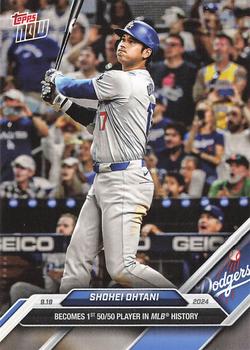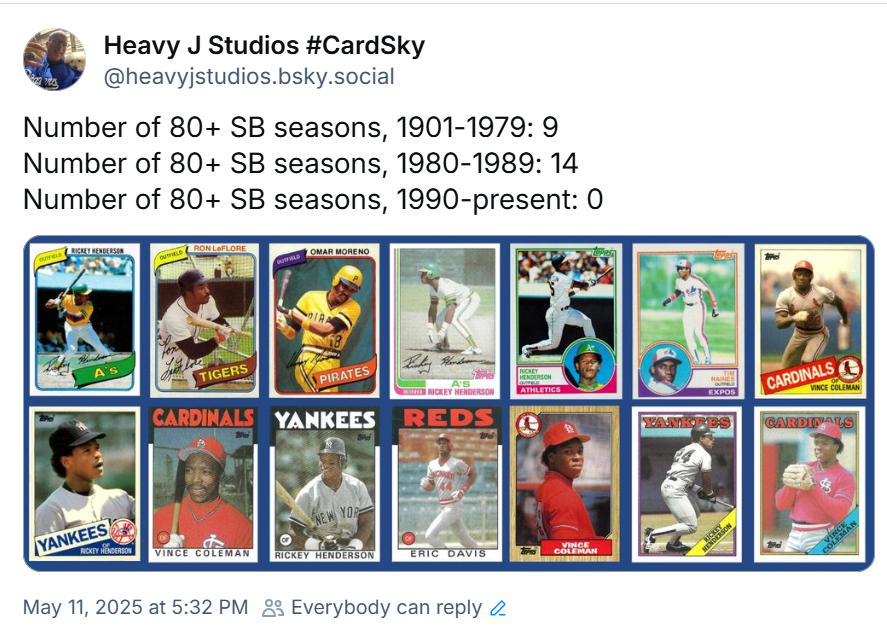
For these of us who like to gather playing cards commemorating numerous baseball feats, there has all the time been a nagging query, which I’ll illustrate by means of the instance of Roger Maris and his famed 61-home run season of 1961.
Is the 1961 Topps Roger Maris the one to gather, since clearly it was the 12 months he topped Ruth…
…or is it the 1962 card because it has “61” proper there within the stat line and describes the feat within the bio space?

Clearly, the right reply is BOTH, and I imply this two methods. First, we’re speaking about Roger Maris right here, so two playing cards is all the time higher than one. But additionally, amassing is a private endeavor, so there isn’t any single appropriate reply to questions like these. Some collectors will favor the 1961 for a “Well-known Feats” assortment, and others will favor the 1962.
Nonetheless, for these sitting on the fence or questioning, “What would Jason select,” I’m right here for you, having solely just lately make a decision on the matter. Although our Pastime will not be stamp amassing or birdwatching, it may nonetheless be helpful to contemplate how different hobbies may assault the query.
One which proved decisive for me was the gathering of historic newspapers. If for some macabre cause, a collector needed a New York Occasions commemorating the September 11 assaults, the reply appears apparent. Whereas the paper dated September 11 would appear no totally different than some other, the September 12 paper would scream “U.S. ATTACKED” in its headline.

Ditto for different historic occasions such because the Kennedy assassination, moon touchdown, or for that matter Roger Maris’ record-breaking residence run. These “day after” newspapers are those that inform the essential tales whereas the “day of” papers merely carry a date that’s definitely important however on the similar time incidental.
As card collectors, many people who deal with historic feats are explicitly in search of these collections to inform a narrative. If that’s the case, I believe the “12 months after” playing cards do a greater job with that.
There’s additionally a sensible cause for leaning towards the 12 months after, at the very least for sure collections. By a sure level, it was commonplace for rookies and even prospects to crack a set’s guidelines. Nonetheless, this was far much less frequent within the earlier days of the Pastime.
Think about, for instance, a Rookie of the 12 months collector primarily in Topps. This collector could be shut out completely looking for a “12 months of the award” Frank Robinson since Robinson by no means appeared within the 1956 Topps set. Naturally, there are many different examples past Robinson.
In fact, for ultra-modern collectors, Topps NOW playing cards have kind of rendered your entire dialogue moot. For instance, when Shohei Ohtani joined (fashioned, actually) the 50-50 membership on September 19, 2024, there was no have to debate whether or not a 2024 card or a 2025 card would higher memorialize the accomplishment. Topps had Shohei 50-50 playing cards on sale the very subsequent day!

Nonetheless, if we’re again within the previous days earlier than such miracles had been potential, I’m able to declare “12 months after” playing cards my card of document in the case of well-known feats. Nonetheless, I don’t wish to faux the selection will not be with out price. For instance, I just lately made this cardboard infographic to commemorate the explosion of 80+ stolen base seasons within the Eighties.

I like that collectors who know their Topps designs can have a look at the graphic and say, “Wow, 1980 and 1986 had three guys every!” moderately than having to do the (simple however maybe annoying) psychological math “12 months after” playing cards would have necessitated.
When it comes all the way down to it, no single strategy is ideal, which is after all the explanation there’s debate within the first place. If it is a query you’ve settled on by hook or by crook, let me know within the Feedback what you got here up with.
Trending Merchandise










